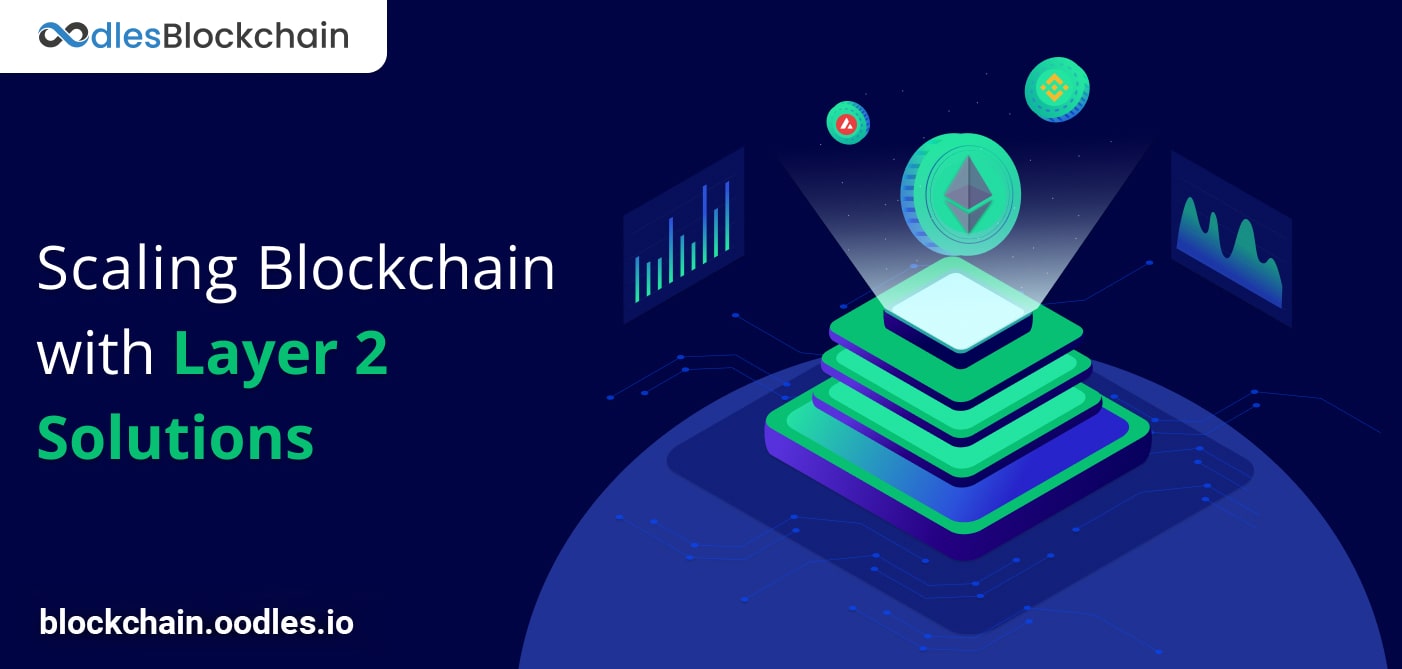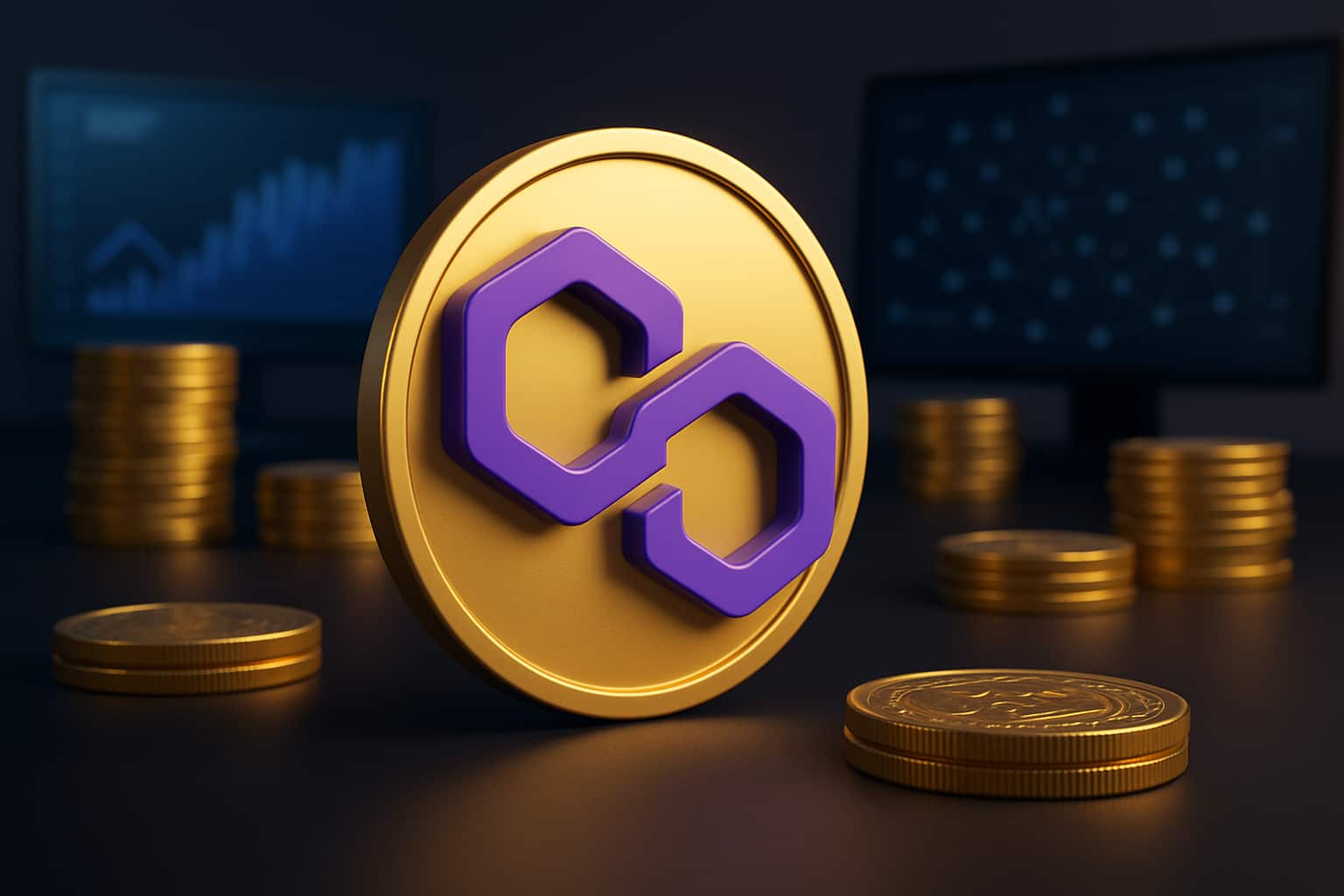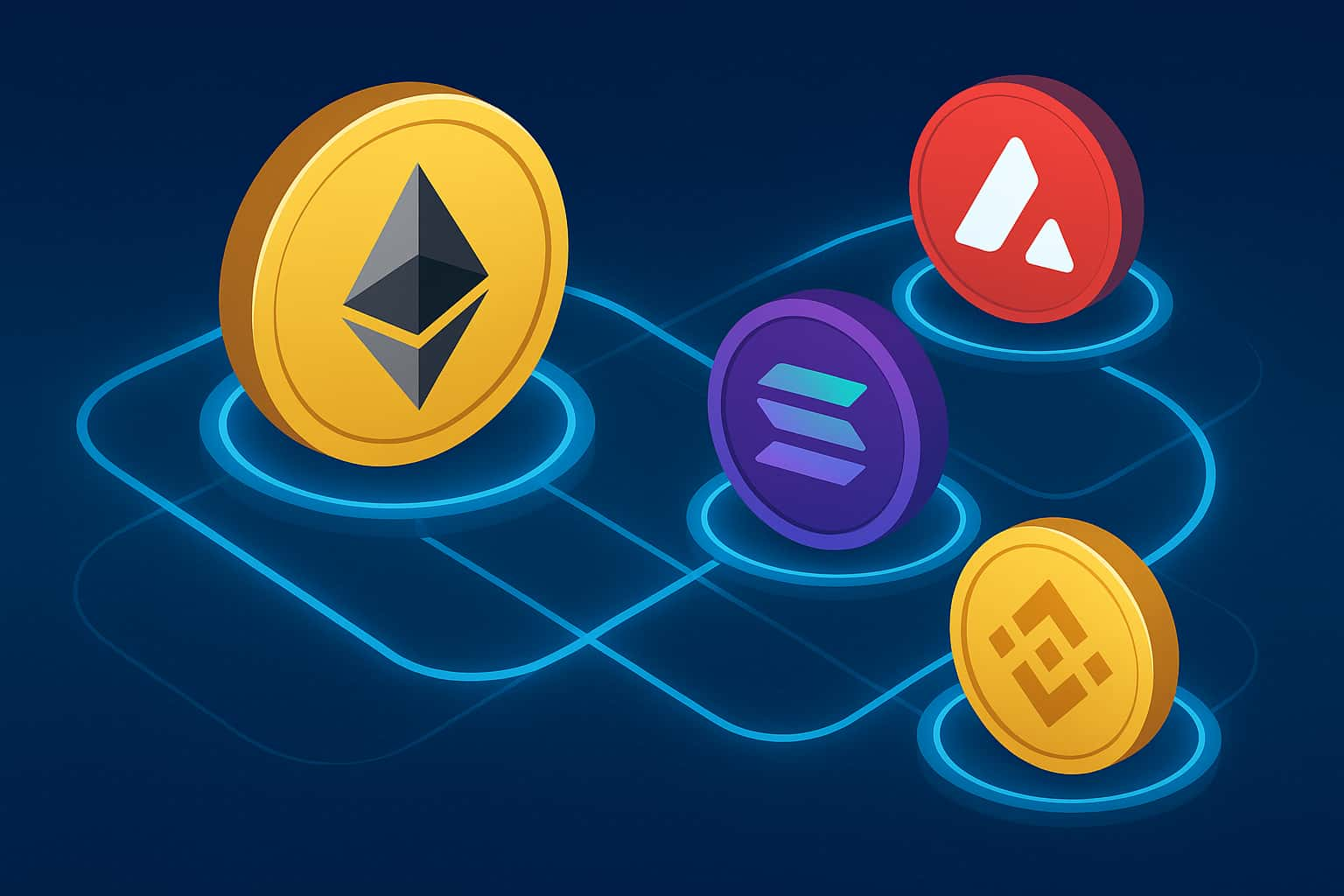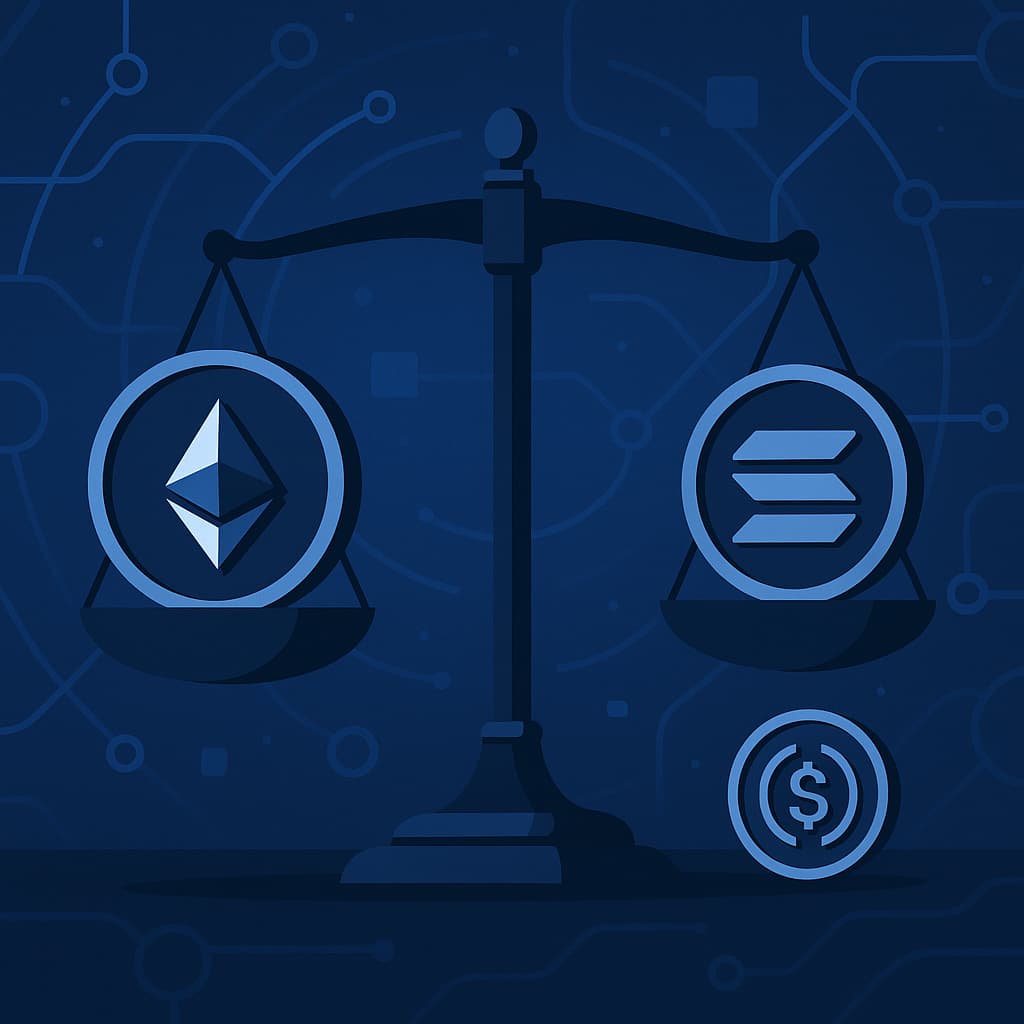-
Blockchain solutions development has changed various industries by providing decentralization of money, high levels of security, and irreversible record-keeping. Decentralization refers to the meaningful distribution of processing power and consensus throughout a network, while security refers to a blockchain protocol's protection against bad actors and network assaults.
However, there are disadvantages to everything, and one of the most fundamental disadvantages of blockchain is its scalability. Scaling concerns develop when the volume of data passing via the blockchain hits a limit due to the network's limited capacity.
Blockchain Scalability
A blockchain in an ideal world would be capable of processing an infinite number of transactions per second TPS (Transactions per second). On the other hand, the Bitcoin main chain can only handle 3-7 TPS. Developers are working to broaden the scope of what a blockchain can achieve to meet these concerns. As a result, more transactions processing per second can happen along with reduced processing times.
Scalability is essential because it is the only way for blockchain networks to compete on an equal footing with older, centralized systems that offer faster settlement times. Using layer-2 (L2) scaling techniques is one option.
Now, let's discuss layer-2 scaling strategies for blockchain development.
Also, Check | Layer 3 Blockchains | Understanding Advanced Decentralization
What is a Layer-2 Scaling Solution
Layer-2 refers to a supplemental framework or protocol built on top of an existing blockchain system. The fundamental goal of these protocols is to address the transaction speed and scale difficulties that plague the major cryptocurrency networks.
Bitcoin and Ethereum are currently unable to accomplish thousands of TPS, limiting their long-term growth. Before users can use these networks on a broader scale, higher throughput is a must.
Layer-2 protocols provide an additional foundation for blockchain transactions and operations that do not reliant on layer-1 protocols (main chain). As a result, these solutions are sometimes known as "off-chain" scaling possibilities.
Also, Read | Blockchain Bridges | Enabling Cross-Chain Interoperability
Workings of Layer-2 Solutions
Layers 1 and 2 are linked, and a summary of layer-2 transactions is uploaded to layer-1 at regular intervals for archival purposes. Layer-2 networks must consider how transactions are validated before they are "cast in concrete" on the main chain.
It entails offloading a portion of a blockchain protocol's transactional weight to an adjacent system architecture, which then handles the majority of the network's processing and only reports back to the main blockchain when it's finished. By abstracting the majority of data processing to secondary architecture, the base layer blockchain becomes less crowded – and eventually more scalable.
Instead of sending every transaction via layer-1, it works to handle these transactions on a parallel blockchain known as "layer-2" to avoid congestion.
Also, Read | Cross-chain Defi Development: The New Big Thing for Future
Types of Layer-2 solutions
Rollups
Layer-2 scaling options, known as rollups, offload transaction processing off the main Ethereum network while still publishing transaction data to layer-1. Because transaction data is stored on layer-1, rollups are subject to the same layer-1 security standards as transactions. For users, this is the differentiating feature of rollups.
Rollups are beneficial because they reduce transaction costs, increase transaction throughput, and increase participation. Rollups come in two sorts, each with its own set of security features:
-
Optimistic Rollups
Optimistic rollups run in parallel with the Ethereum Mainnet on layer-2 and by default do not do any work. Instead, when the transaction is complete, they post the updated state to the Ethereum Mainnet, effectively notarizing the transaction.
Optimistic roll-up transactions are live on the main Ethereum blockchain, increasing transaction efficiency and cutting gas costs.
-
Zero-knowledge rollups
ZK rollups (zero-knowledge rollups) generate a cryptographic proof known as SNARK by combining thousands of transactions from the main Ethereum chain (succinct non-interactive argument of knowledge). Validity proof is a type of proof that developers publish on the Ethereum Mainnet.
The smart contract keeps all transaction data on layer-2 for a ZK rollup, and it can only be updated with valid evidence.
In other words, instead of requiring entire transaction data, ZK rollups only require confirmation of authenticity. The cost of transacting is lower because this function contains fewer data.
Sidechains
Sidechains combine layer-1 and layer-2 scaling algorithms. A sidechain is a blockchain of a cryptocurrency's main chain, such as Bitcoin.
They connect through a two-way peg (2WP), a technique that allows open bitcoin transfers from the main chain to a tier two chain that requires third-party trust.
Sidechains can complete transactions faster and for less money than Bitcoin or Ethereum. In addition, sidechains can come into use to test new protocols. Their development happens faster than the main chain to support new types of transactions.
Plasma Chains
Solutions for Plasma layer-2 Ethereum uses child or subsidiary blockchains to aid in the verification of the parent chain. Like sidechains, plasma chains feature a consensus process and generate transaction blocks.
Polkadot smart contracts or parachains are similar to plasma chains. They are, however, in a hierarchy to keep transactions off the main chain, saving time and increasing scalability.
[The term "parallel chains" is short for "parachains."] In a system of linked blockchains, these chains run parallel to one another, as one might expect.
They're all constructed on the same foundation, so they're all secure, and they're all connected to the same central relay network. They can, however, handle their applications independently of one another.
This is the foundation of Polkadot. Parachains enable very rapid transactions because the distribution manages workloads.
Also, Read | Increasing Inevitability of Multi-Chain Crypto Wallet Development
State Channels
A channel creation happens between two parties after crypto placement in an Ethereum smart contract. After the execution of payments, layer-2 is where signed ticket creation happens. After ticket finalization on layer-1, it gets signed. If state channels have been opened earlier, they can be bidirectional and handle a second party.
Conclusion
As a result, layer-2 scaling solutions like the ones that Ethereum employs will play a critical role in supporting a multichain future. Also, it will put the onus on developers to guarantee sustainable growth without compromising the core precepts of blockchains: security, decentralization, and scalability.
To bring to market layer-2 scaling solutions and decentralized apps that will aid the world's transition to a decentralized economy, the whole crypto sector will have to join forces, constantly develop, and interact with one another.
If you want to develop layer-2 scaling projects like Ethereum, then connect with our blockchain development experts.
-

Our Offices
INDIA
Emaar Digital Greens, Sector 61,
Gurugram, Haryana
122011.
Welldone Tech Park,
Sector 48, Sohna road,
Gurugram, Haryana
122018.














